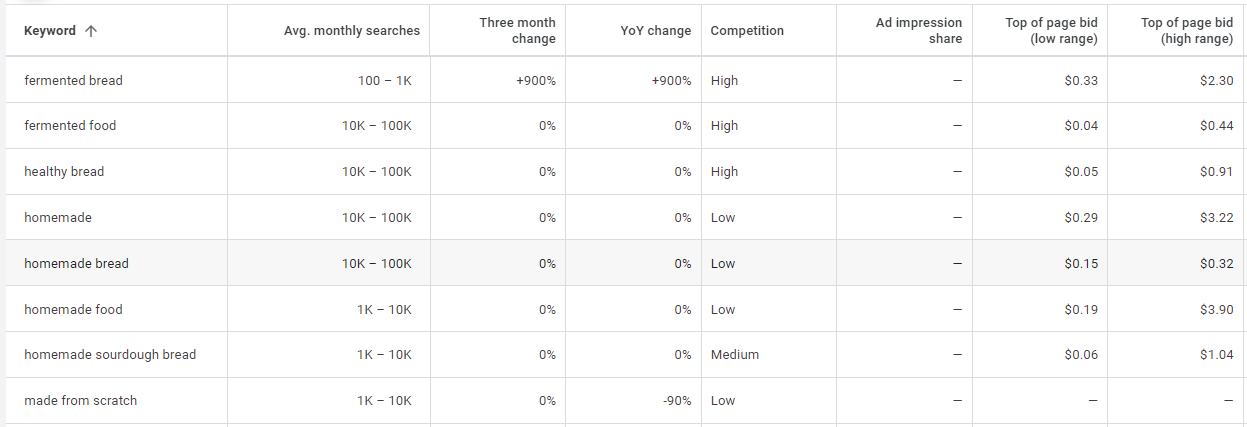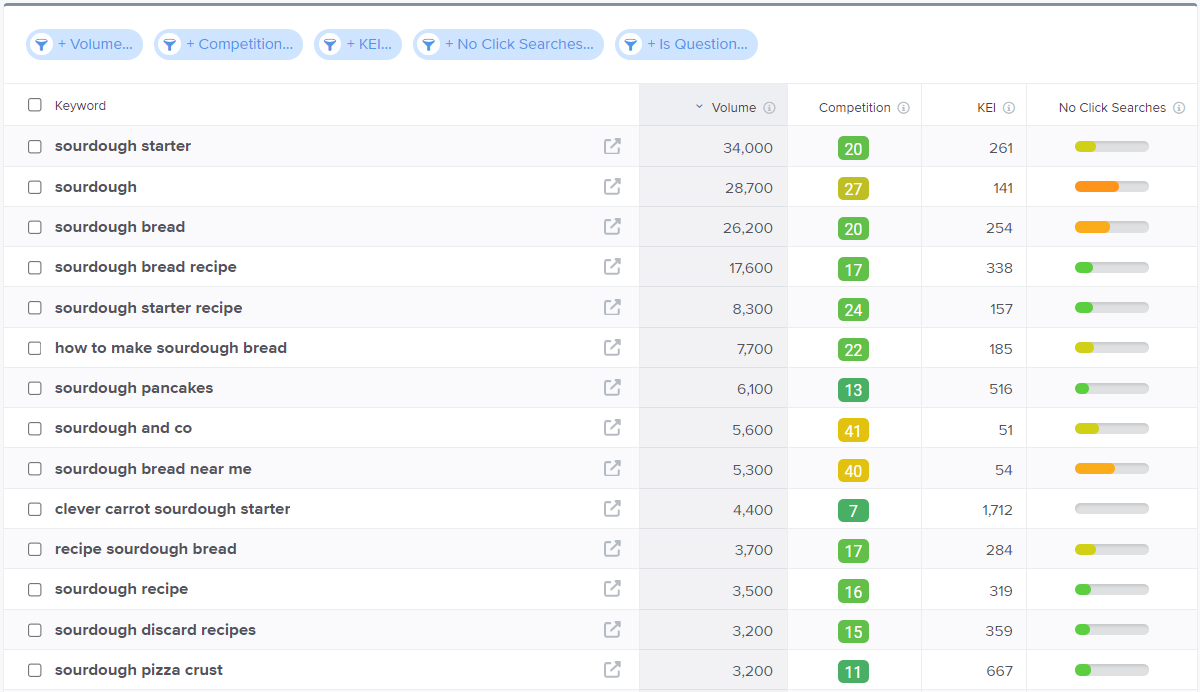SEO for a Cooking and DIY Blog

Food made from scratch and a home crafted with DIY projects are the focus of my planned blog. Planning a blog takes some amount of work and forethought, but creating a successful blog with a following requires SEO or search engine optimization. For readers to find your content, you will need to have keywords, quality content, accessibility, good site speed, links, and ongoing monitoring to make sure that your site ranks on search engine results pages or SERPs.
When researching the basics of SEO, I found that the following are important to remember:
- Write quality content--it should be valuable to your readers.
- Write for humans first, and search engines second (see #3).
- Don't make the insertion of keywords unnatural or forced. The keywords used should be relevant to your content and drive traffic to your content.
- Use keywords at the beginning, middle, end, Alt text, image captions, titles, headings, bolded and italicized words– you get the idea.
- Link, link, link--link to similar sites, social media, and peer sites, and have those sites link back to yours.
The Plan
The first step in my plan to boost SEO, was to add a plugin on my website host. I use WordPress and was able to add Yoast, which comes with a free SEO training academy.
Now that there's a tool for analytics in place, keyword research is the next step. I started by searching for free keyword analysis. I tried woorank, Google Keyword Planner, and Wordtracker. Some keyword tools allow you a few free searches or a short free trial. There are lots of options out there, so I probably wouldn't pay for a membership at this stage of development.

It was interesting to find in my research that "fermented bread" has had an increase in searches of over 900% in the last three months! I tried some single-word searches and some longer phrases or long-tail keywords. When researching keywords for your site, you must consider the competition and your goals. For example, on the list above, "fermented bread" ranked with 100-1000 monthly searches and High for competitive ad placement. If I could drive traffic to my blog by use of words like that, I would have a chance at monetizing certain posts, if that is a goal.

wordtracker.com has the ability to rearrange the search results and makes suggestions for related keywords. The chart above is the initial search result and the chart below is arranged by competition in ascending ranking of 1-100, how much organic competition there is for a keyword.

Keyword Placement
Now that we know how to research keywords, where do they go? The short answer is everywhere. The keywords that you have identified will go in the title, heading, Alt text, image captions, etc.
Other Things to Consider
There are a handful of other things to consider for SEO, like site structure (site organization and contextual linking), landing pages, site speed, internal links (people stay on your site longer), and external links. Plugins like Yoast can help with SEO analytics but inaccessible site structure, poor formatting, slow site speed, and broken internal links can inhibit successful SEO.




Comments ()